Intro
Discover the daily recommended fiber intake from oatmeal, boosting digestive health with soluble fiber, and learn how a high-fiber diet supports healthy bowel movements and satiety.
Eating a healthy breakfast is essential to kick-start your day, and oatmeal is one of the most popular breakfast options. Oatmeal is a rich source of fiber, which is crucial for maintaining a healthy digestive system, promoting satiety, and supporting overall well-being. The daily amount of fiber in oatmeal can vary depending on the type of oats, serving size, and cooking method. Understanding the importance of fiber in oatmeal and its daily recommended amount can help you make informed choices about your breakfast routine.
A high-fiber diet has numerous health benefits, including reducing the risk of chronic diseases such as heart disease, type 2 diabetes, and certain types of cancer. Fiber also plays a crucial role in maintaining a healthy gut microbiome, which is essential for a strong immune system. With the increasing awareness of the importance of fiber in our diets, many people are turning to oatmeal as a reliable source of this essential nutrient. However, it's essential to know the daily amount of fiber in oatmeal to reap its benefits.
The daily recommended intake of fiber varies from person to person, but the average adult needs about 25-30 grams of fiber per day. Oatmeal is an excellent source of fiber, with a single serving providing around 4-6 grams of fiber. However, the exact amount of fiber in oatmeal can vary depending on the type of oats, cooking method, and added ingredients. Understanding the different types of oats and their fiber content can help you make the most of your oatmeal breakfast.
Fiber Content in Different Types of Oats
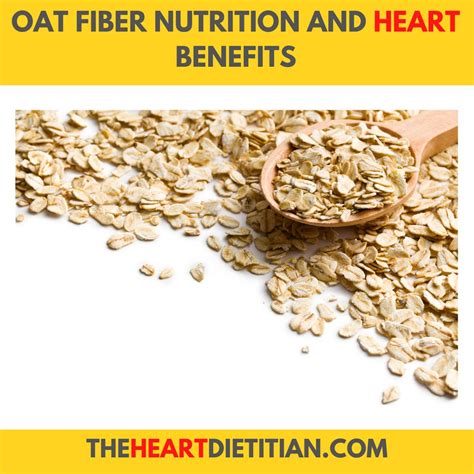
There are several types of oats, including rolled oats, steel-cut oats, and instant oats. Each type of oat has a different fiber content, and understanding these differences can help you choose the best option for your dietary needs. Rolled oats are the most commonly consumed type of oat and contain around 4-5 grams of fiber per serving. Steel-cut oats, on the other hand, contain around 6-7 grams of fiber per serving, making them a better option for those looking to increase their fiber intake. Instant oats typically contain less fiber than rolled or steel-cut oats, with around 2-3 grams of fiber per serving.
Factors Affecting Fiber Content in Oatmeal
The fiber content in oatmeal can be affected by several factors, including cooking method, added ingredients, and serving size. Cooking oatmeal with milk or water can reduce the fiber content, as some of the fiber may be lost in the cooking liquid. Adding fruits, nuts, or seeds to oatmeal can increase the fiber content, making it a nutritious and filling breakfast option. Serving size is also an essential factor, as consuming a larger serving size can increase the fiber content.Benefits of High-Fiber Oatmeal

High-fiber oatmeal has numerous health benefits, including promoting digestive health, supporting healthy blood sugar levels, and reducing the risk of chronic diseases. The fiber in oatmeal can help regulate bowel movements, preventing constipation and diarrhea. High-fiber oatmeal can also help slow down the absorption of sugar into the bloodstream, supporting healthy blood sugar levels. Additionally, the fiber in oatmeal can help reduce the risk of heart disease, type 2 diabetes, and certain types of cancer.
Practical Tips for Increasing Fiber Intake
Increasing fiber intake can be challenging, but there are several practical tips to help you achieve your daily fiber goals. Starting your day with a high-fiber breakfast, such as oatmeal with fruits and nuts, can set you up for success. Incorporating more plant-based foods, such as fruits, vegetables, and whole grains, into your diet can also increase your fiber intake. Reading food labels and choosing products with high fiber content can also help you make informed choices.Common Mistakes to Avoid When Consuming Oatmeal
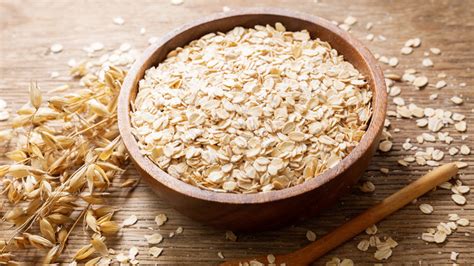
While oatmeal is a nutritious breakfast option, there are several common mistakes to avoid when consuming it. Adding too much sugar or honey to oatmeal can reduce its nutritional value, making it a less healthy option. Not drinking enough water with oatmeal can also lead to digestive issues, such as constipation. Additionally, consuming oatmeal with high-fat ingredients, such as cream or cheese, can increase calorie intake and reduce the nutritional benefits of oatmeal.
Delicious and Healthy Oatmeal Recipes
There are numerous delicious and healthy oatmeal recipes to try, making it easy to incorporate oatmeal into your breakfast routine. Adding fruits, such as bananas or berries, can increase the fiber content and add natural sweetness. Incorporating nuts or seeds, such as almonds or chia seeds, can also increase the fiber content and provide a crunchy texture. Trying out different spices, such as cinnamon or nutmeg, can add flavor without adding sugar.Conclusion and Final Thoughts
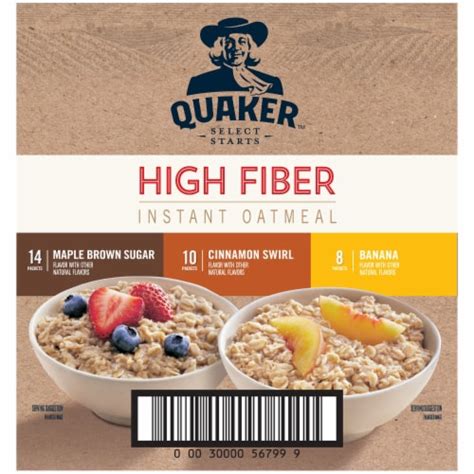
In conclusion, the daily amount of fiber in oatmeal can vary depending on the type of oats, serving size, and cooking method. Understanding the importance of fiber in oatmeal and its daily recommended amount can help you make informed choices about your breakfast routine. By incorporating high-fiber oatmeal into your diet, you can promote digestive health, support healthy blood sugar levels, and reduce the risk of chronic diseases. Remember to avoid common mistakes, such as adding too much sugar or not drinking enough water, and try out delicious and healthy oatmeal recipes to make the most of your breakfast routine.
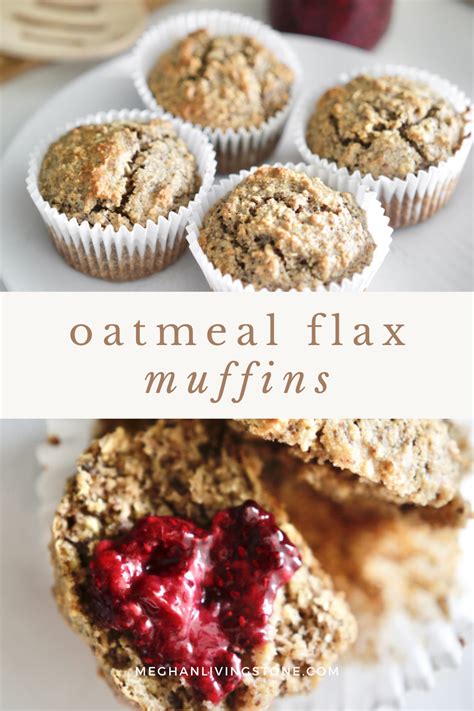
We invite you to share your favorite oatmeal recipes and tips for increasing fiber intake in the comments below. If you found this article helpful, please share it with your friends and family to spread the importance of fiber in our diets. Don't forget to try out different types of oats and experiment with various ingredients to find your perfect oatmeal combination.
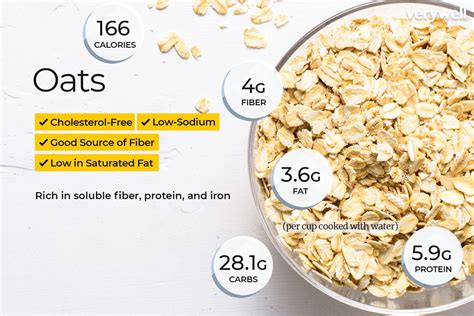
Stay tuned for more articles on nutrition and health, and don't hesitate to reach out if you have any questions or topics you'd like us to cover. By working together, we can promote healthy eating habits and support overall well-being.
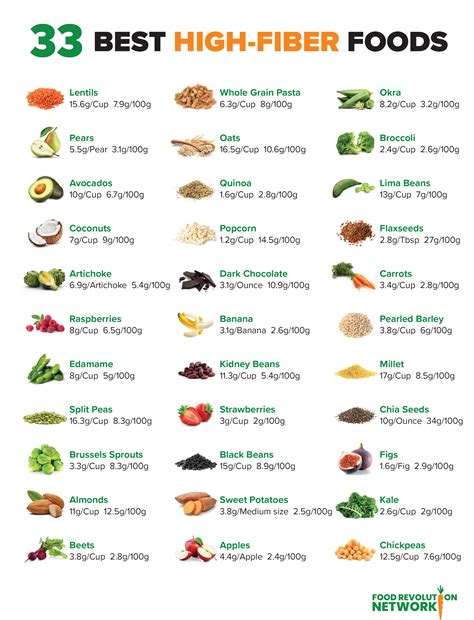
Remember, a high-fiber diet is just one aspect of a healthy lifestyle. By combining a balanced diet with regular exercise and a positive mindset, you can achieve your health goals and live a happy, fulfilling life.

We hope you found this article informative and helpful. If you have any questions or concerns, please don't hesitate to reach out. We're always here to help and support you on your health journey.
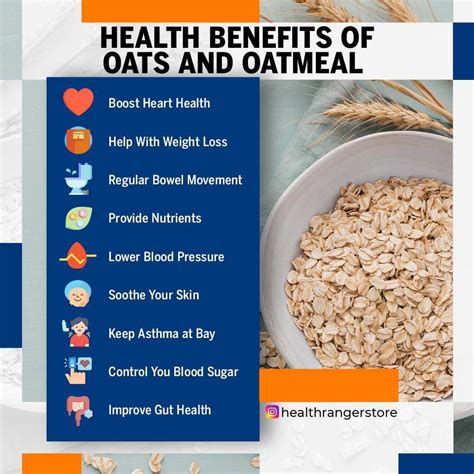
Don't forget to subscribe to our newsletter for more articles on nutrition, health, and wellness. By staying informed and educated, you can make the best choices for your health and well-being.
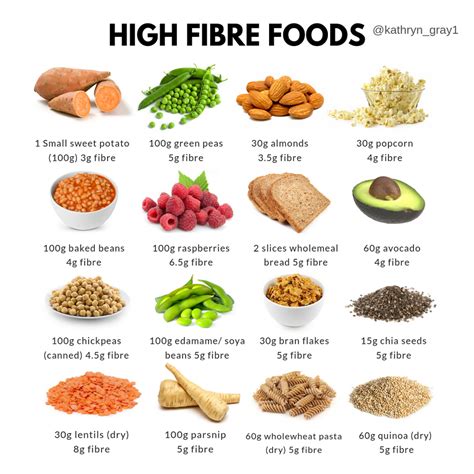
Thank you for reading, and we look forward to hearing from you soon.

Stay healthy, and happy reading!

What is the daily recommended intake of fiber?
+The daily recommended intake of fiber varies from person to person, but the average adult needs about 25-30 grams of fiber per day.
What are the benefits of high-fiber oatmeal?
+High-fiber oatmeal has numerous health benefits, including promoting digestive health, supporting healthy blood sugar levels, and reducing the risk of chronic diseases.
How can I increase my fiber intake through oatmeal?
+You can increase your fiber intake through oatmeal by trying out different types of oats, adding fruits and nuts, and incorporating more plant-based foods into your diet.
What are some common mistakes to avoid when consuming oatmeal?
+Common mistakes to avoid when consuming oatmeal include adding too much sugar or honey, not drinking enough water, and consuming oatmeal with high-fat ingredients.
Can I get enough fiber from oatmeal alone?
+While oatmeal is a good source of fiber, it's unlikely to provide enough fiber to meet your daily needs. It's essential to incorporate a variety of fiber-rich foods into your diet to meet your daily fiber goals.
